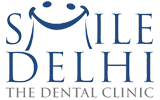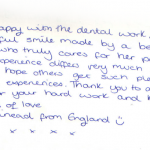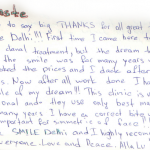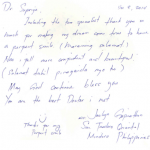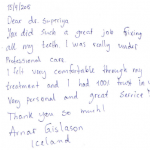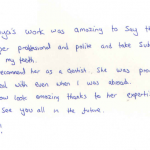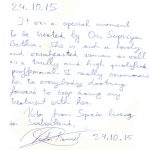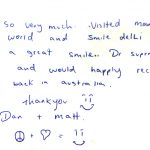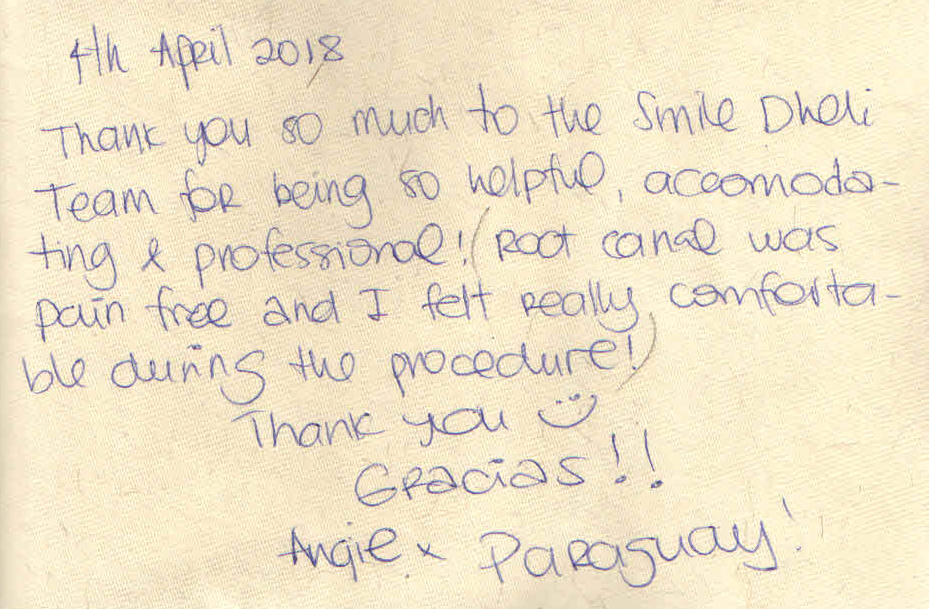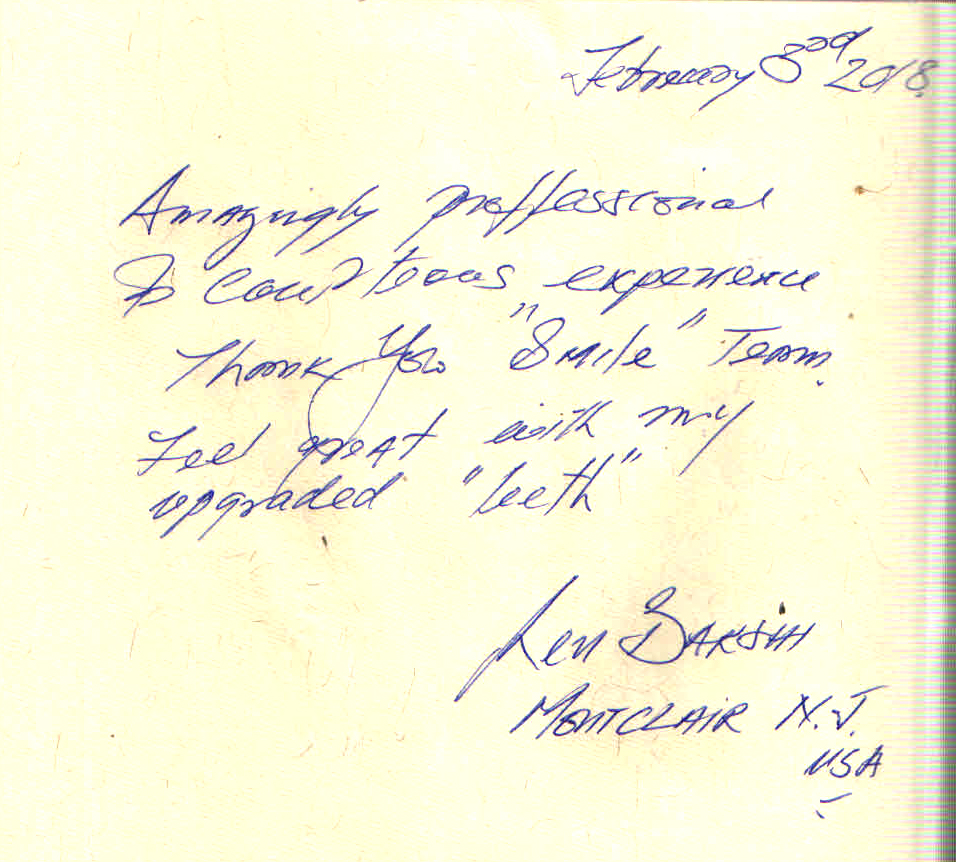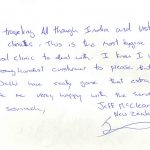Saliva and Oral Health
Saliva is certainly an integral component in the oral environment and an extremely vital fluid in the maintenance of oral health.
It is derived from blood and acts as the bloodstream of the mouth. Saliva helps build and maintain the health of soft and hard tissues.
Saliva plays an essential role in maintaining the integrity of the oral structures, in personal relationships, in the digestion and in controlling oral infection.
What Is Saliva?
Saliva is a liquid made of 99% water and the remaining 1% consists of mucus, proteins, minerals, and an enzyme called amylase. These components combined are responsible for the various functions attributed to saliva.
Saliva is formed primarily (approximately 90%) from the secretions of the salivary glands and many small organs around the cheeks, lips, tongue, and other parts of the mouth. Tiny tubes called ducts carry the saliva from the glands into your mouth. Small amounts of saliva are sent into the mouth constantly, to keep the mouth moist.
But the salivary glands really kick into action when you eat, or even just think about or smell food. Then your glands make lots of saliva, and you can notice much more of it in your mouth.
At rest, without exogenous or pharmacological stimulation, there is a small, continuous salivary flow, an unstimulated secretion, present in the form of a film that covers, moisturises, and lubricates the oral tissues.
How Does Saliva Help Your Oral Health?
Saliva does lots of helpful things. Saliva aids in mechanically removing food debris and bacteria from the oral cavity and teeth and helps protect against gum disease and tooth decay.
Your teeth are covered with a thin film of saliva that helps defend against bacteria. There are antimicrobial agents in saliva that help kill bacteria. As saliva moves around the mouth, it helps sweep away small bits of food that could have caused tooth decay. Saliva also carries minerals that help rebuild the enamel surfaces of teeth. Saliva can also help neutralize acids in the mouth during and after eating that break down tooth enamel.
Saliva also helps you digest food and aids in maintaining the mucosal integrity. It contains an enzyme called amylase that helps starches start to break down in your mouth. It also helps you swallow food by making it wet and soft so it can slide down your throat more easily.
Saliva is essential in formation of the pellicle, which protects the tooth after eruption.
Therefore, saliva plays a part in protecting teeth from caries by digesting, diluting and eliminating dietary carbohydrates and other substances as well as buffering acids after a sugar exposure and balancing demineralisation/remineralisation and antimicrobial action.
Functions of saliva are:
Protection of the oral and peri-oral tissues
- Lubrication
- Dilution of sugars after food and drink intake
- Antimicrobial and cleansing activity; washes away food and debris from teeth and gums, degrading some bacterial cell walls and inhibiting growth
- Buffering (neutralising) acid production and controlling plaque pH with bicarbonate
- Provides disease-fighting substances throughout your mouth to help prevent cavities and other infections
- Helps keep the surface of your teeth strong by providing high levels of calcium, fluoride and phosphate ions (Remineralisation of enamel) at the tooth surface.
- Tissue repair
- Facilitating eating, enhancing chewing, the clearing of food residues and to ease swallowing
- Helps moisten and break down food with enzymes to ease digestion
- enhances ability to taste
- Enabling speech by lubricating the moving oral tissues
In addition to keeping your mouth healthy, saliva may contain indicators of health concerns as well.
Saliva is used in diagnostic testing
- Bacterial, yeast, and viral counts indicating caries activity and altered immune responses.
- Many diagnostic tests for oral and systemic diseases like breast cancer, oral cancers, gum disease and viral hepatitis.
- Saliva is already used for rapid HIV testing and hormonal balance to identify steroids and sex hormones.
Daily saliva output is in the range of 150 to 500 mL, although the average daily volume of saliva in the oral cavity is only 1mL.
Reduced salivary flow causes ill effects to the oral tissues. When saliva flow is reduced oral health problems such as tooth decay and other oral diseases or infections can occur.
When you don’t have enough saliva, problems start to happen. Gum disease and tooth decay can happen much more easily. You can have more infections from bacteria, yeast, and fungus. You can also have trouble swallowing and digesting food. Plus, you’ll have the uncomfortable feeling of a dry mouth.
Chewing is the most efficient way to stimulate salivary flow. It causes muscles to compress the salivary glands and release saliva.
Stimulating saliva with chewing gum
Saliva must be present in the oral cavity to preserve the integrity of both hard and soft tissues, therefore it is imperative to maintain normal salivary flow. Stimulation of saliva by nonfood products such as sugarless chewing gum (containing sorbitol or xylitol) offers an increased flow rate with no detrimental effects on the oral structures.
Stimulation of saliva flow results in an increase in the washing out of food particles, neutralization of dental plaque acids and reduction of the incidence of dental caries.
With mere chewing stimulation, the salivary glands produce more fluid. The acid attack on the teeth will be counteracted by this increased salivary flow. The increase in the volume of saliva assists in oral clearance, enhances the release of more ions, such as bicarbonate, to neutralize acids and plaque, in addition raising the amount of available calcium and phosphorous to remineralize dental enamel, raising the pH after a sugar incident and assists in lubricating tissues in the oral cavity.
When there is a combination of taste or flavor added, there is a 10 times increase in flow rate. Stimulated flow of saliva continues for 20 minutes after chewing. The stimulated salivary flow enables more salivary ions to be available in solution for remineralization of the tooth, allowing for the protective capability of saliva.
The mechanical cleansing of the teeth adds to the anticaries effect of the sugarless gum. Food is cleared from the oral cavity, and plaque is removed from the occlusal surfaces.
Sugarless gum assists in delivering all of these great oral health benefits.
Dental clinics in Delhi like ‘Smile Delhi-The Dental Clinic’ are making it a point to explain and suggest all their patients the use of sugar free chewing gums as an adjunct to oral care.
The ability of saliva to deliver fluoride to the tooth surface constantly makes salivary fluoride an important player in caries protection largely by promoting remineralization and reducing demineralization. Saliva is well adapted to protection against dental caries.
Saliva’s buffering capability; the ability of the saliva to wash the tooth surface, to clear bacteria, and to control demineralization and mineralization; saliva’s antibacterial activities; and perhaps other mechanisms all contribute to its essential role in the health of teeth.
Posted By – Dr. Shriya
